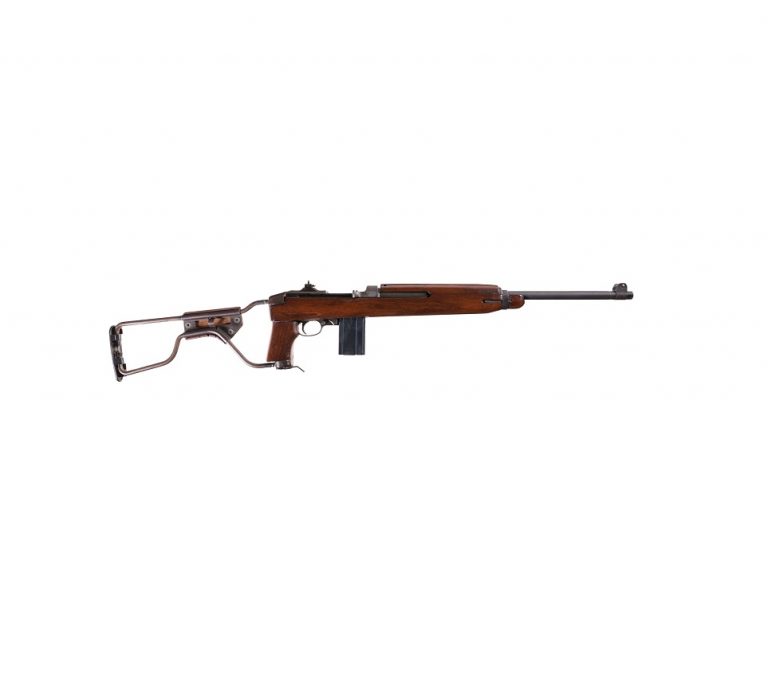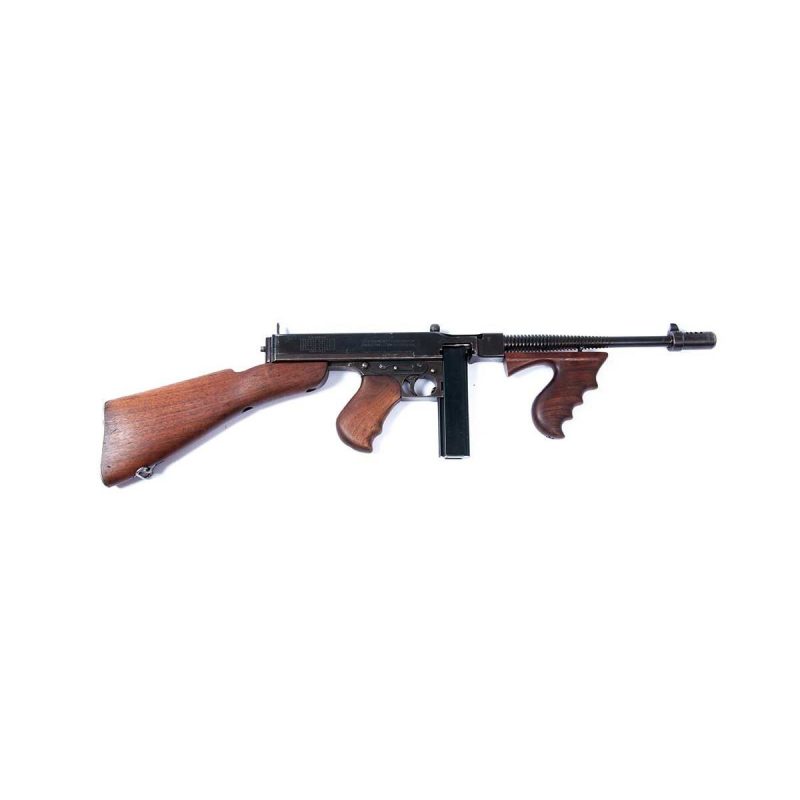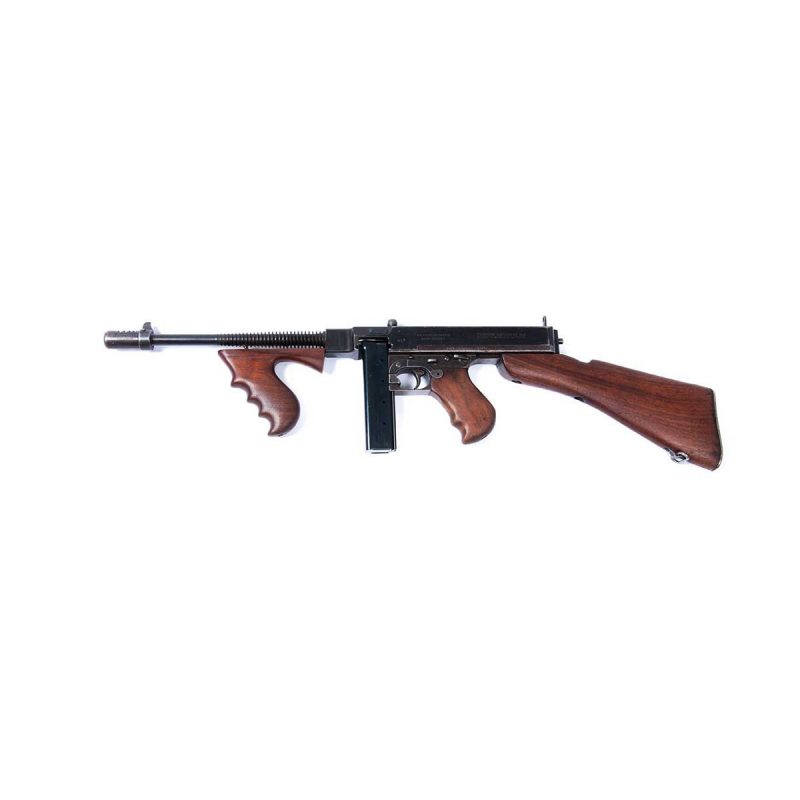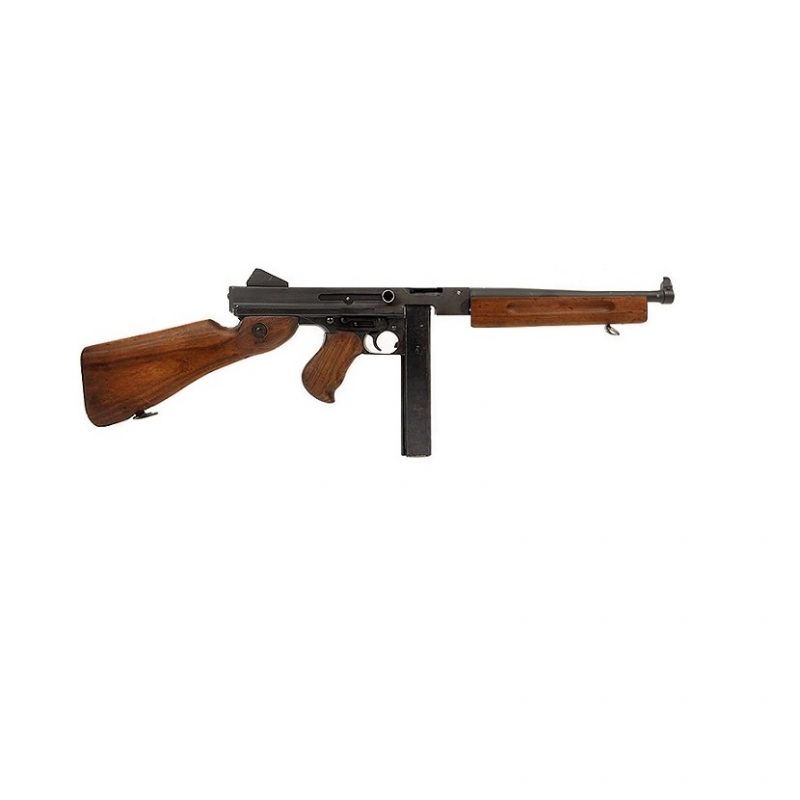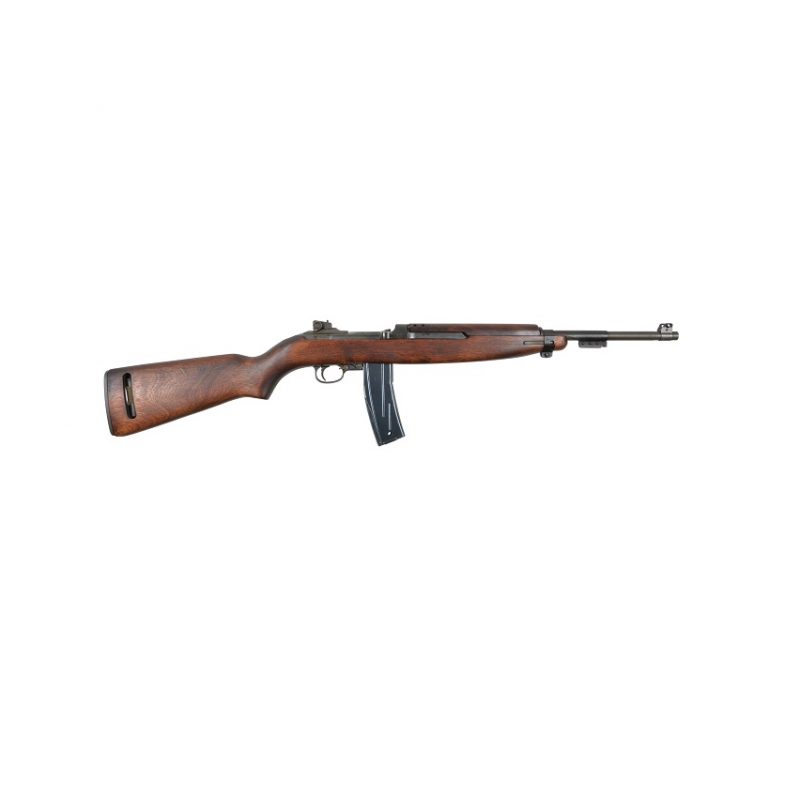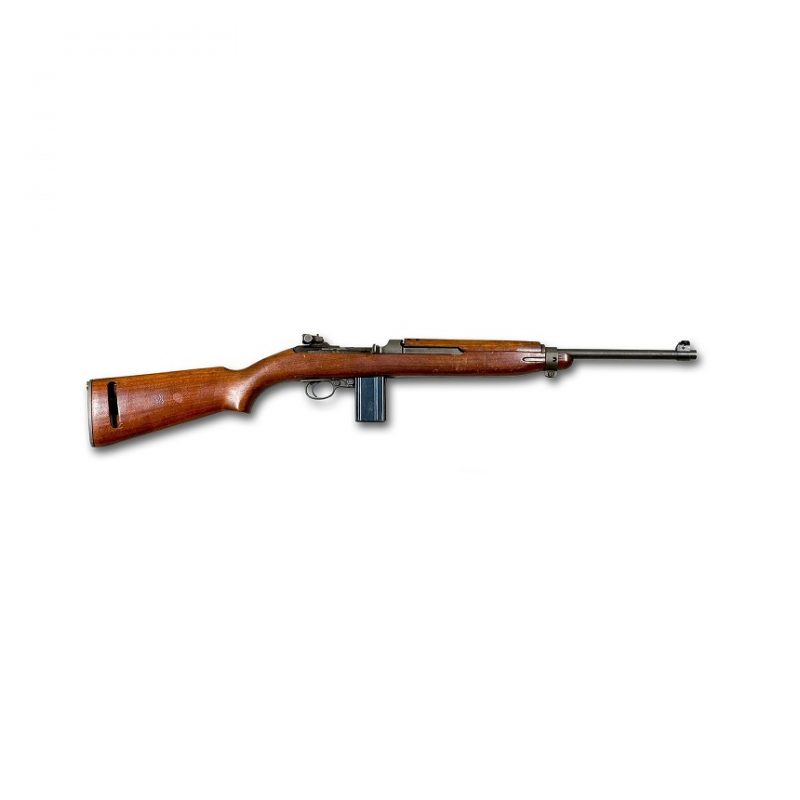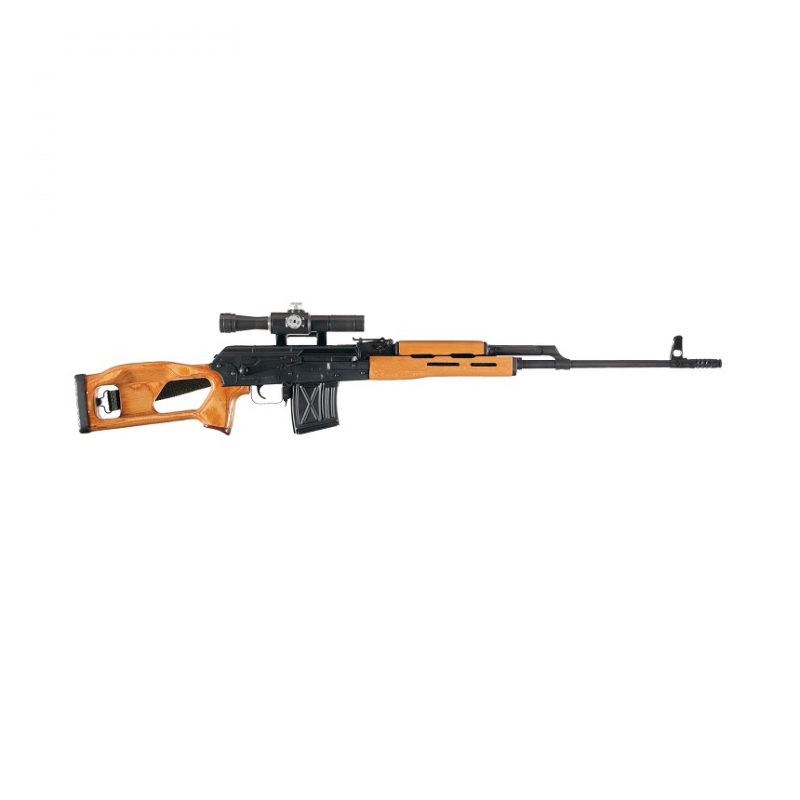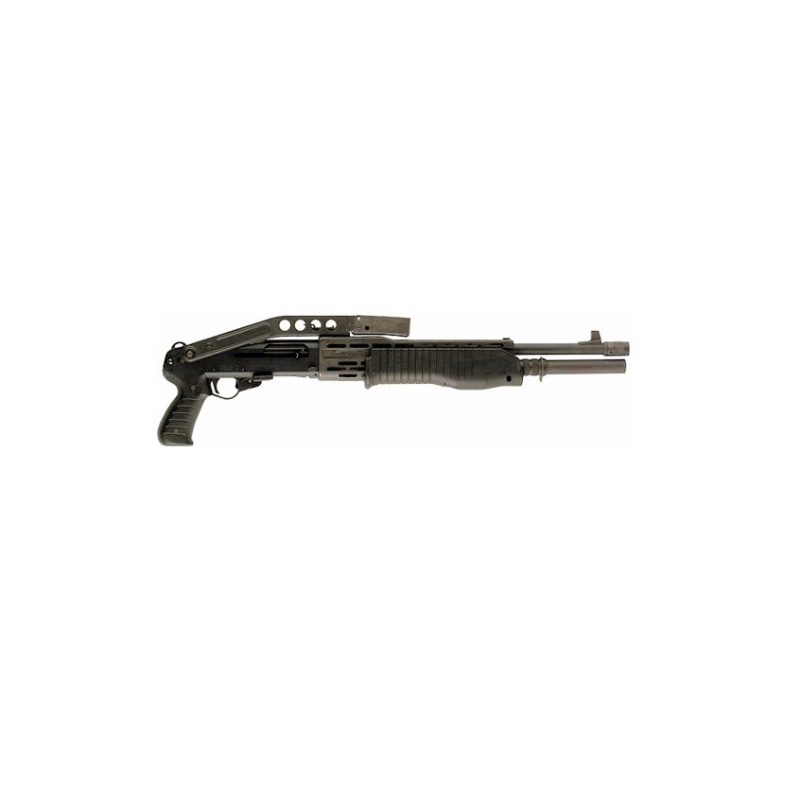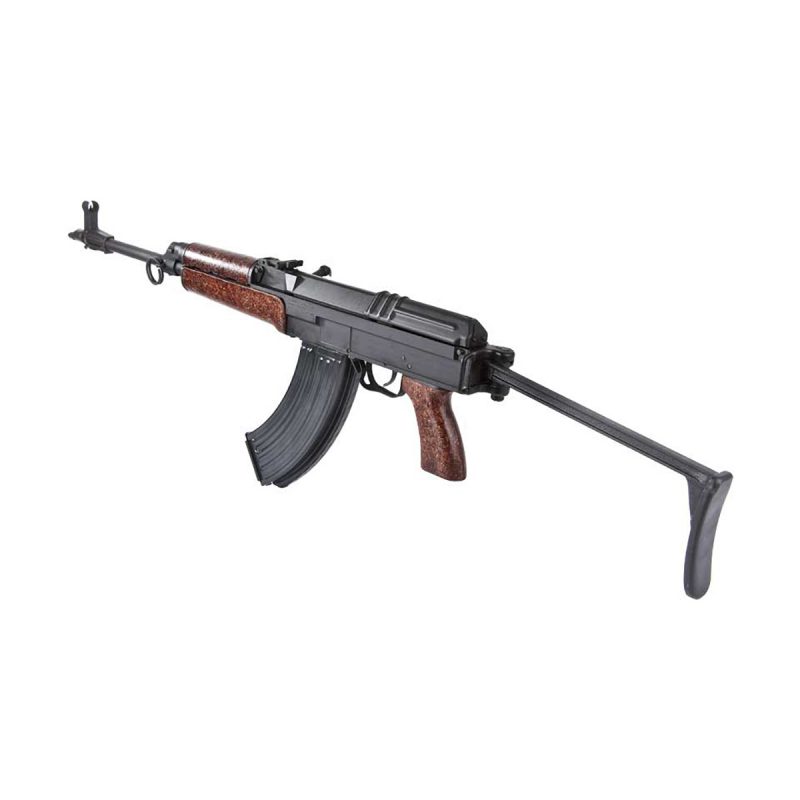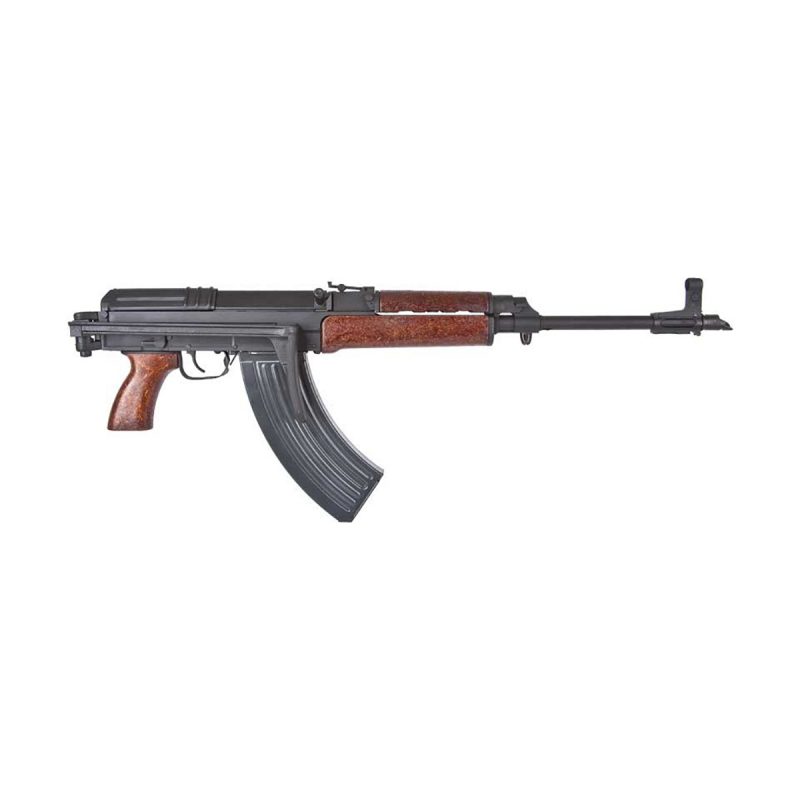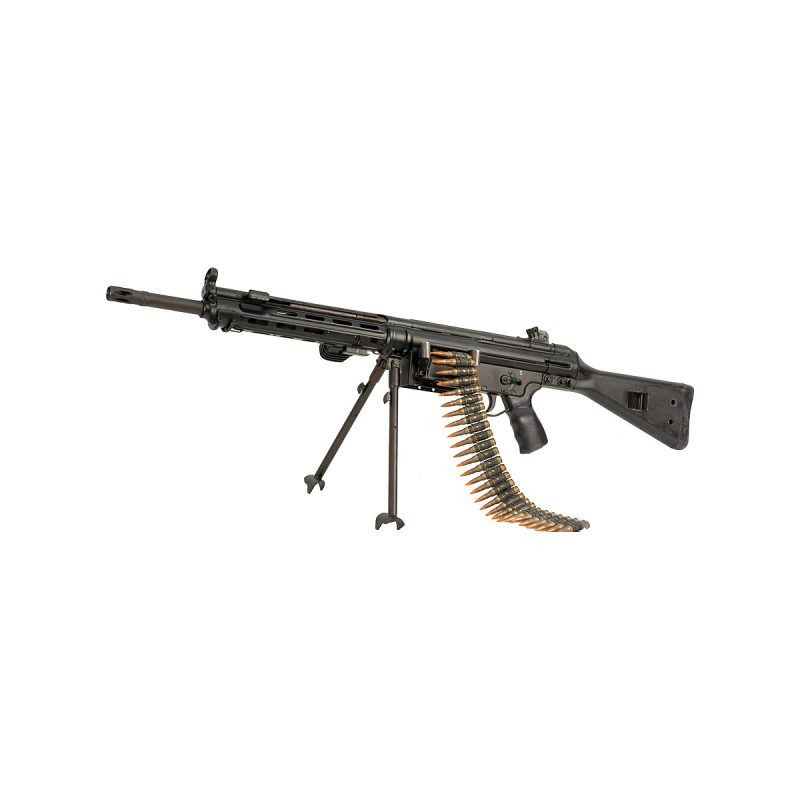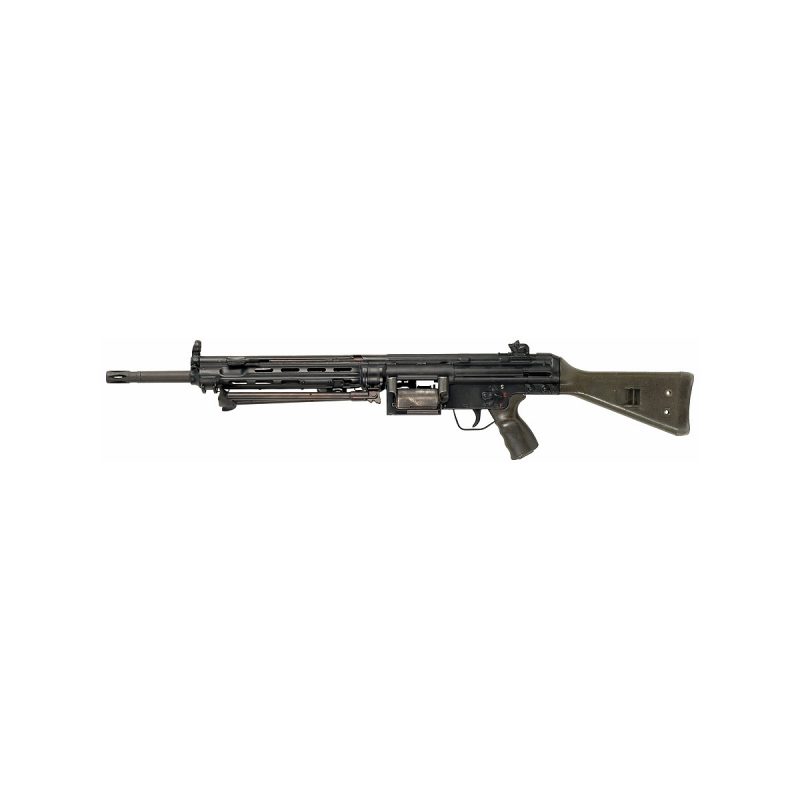Description
Although adopting the same ‘M1’ designation as the Garand rifle, the M1 Carbine is not of the same design. The M1 is from the U.S. military system of issue, where the ‘M’ denotes ‘Model’ and the ‘1’ denotes that it is the first of its type/configuration.
In 1936 the standard issue rifle of the U.S. military was the M1 Garand, an effective semi-automatic weapon that could hold 8 rounds of .30-06 Springfield ammunition. However within a short period of time it was noted that this bulky/cumbersome weapon was impractical for support troops (who would often carry additional equipment), staff officers and vehicle crews. As a result in 1938 the official request was made to develop a smaller, defensive weapon, that would bridge the gap between the Garand and Colt M1911 pistol.
Ultimately the resulting prototype was formed from elements of the .30-06 Winchester M2 and Garand (specifically the rotating bolt), with an added short stoke piston designed by David Marshall Williams. After initial trials, Williams and Winchester reduced the calibre of the weapon to .30 (7.62x33mm), which helped reduced the overall weight even more. Subsequent trials in 1941 saw the weapon pass with flying colours and in October of the same year, the weapon was accepted into service and given the official M1 Carbine designation.
During World War 2, more than 6 million M1 Carbines were produced and they soon became the preferred weapon of not only support troops, but also front-line infantry units, especially in confined jungle warfare.
The M1 was issued with a standard 15 round detachable box magazine, of which two spares could be stored in a canvas stock mounted pouch. As the war progressed, in late 1944 this magazine capacity was increased to 30 rounds.
The main variant of the M1 Carbine was this model, the M1A1, which featured a side folding metallic stock and wooden pistol grip, that was predominantly used for Paratroopers and other Special Forces operators.
The late issue 1944 M2 Carbine was visually identical to the M1, however it could fire fully automatic, hence the introduction of the 30 round curved magazine. Like the M1, the M2 also has the ‘A1’ Paratrooper folding stock variant.
The M3 Carbine had a rail fitted to allow the attachment of an infrared scope. This saw very limited use at the end of the war against the Japanese and some service in korea.
The U.S. military would continue to use the Carbine in limited numbers during the early stages of the Vietnam war (predominantly by observers and special forces). However they were issued in large numbers to their South Vietnamese allies.
Designer: Fred Humeston, William C. Roemer & David Marshall Williams
Designed: 1938-41
Manufacturer: Numerous military and present day commercial contractors
Produced: 1942-Present
